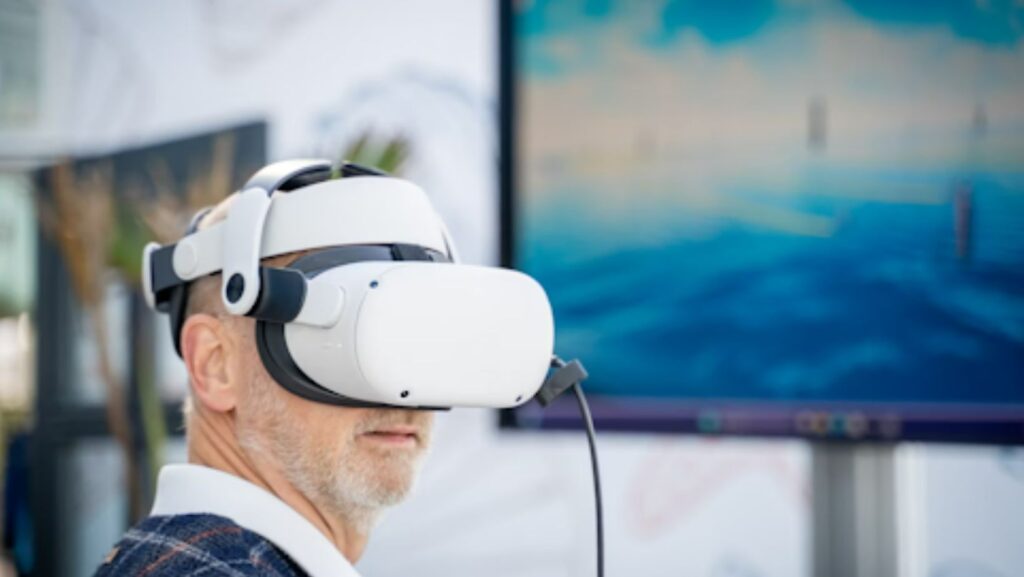More than 70% of big companies now use gamification in some form, and the global market is set to cross $30 billion by 2026. It’s not only a business trick but also a daily habit you already experience, including tracking your steps and using learning apps. Let’s see how wide this influence is.
What gamification really means
Gamification is about taking the logic of games and plugging it into other spaces. You see it when a workout app gives you a badge for hitting 10,000 steps. You see it when your bank gives you points for every purchase. None of these things are games on their own, but they use game-like systems to pull you in. There are three things at its core:
- Points: numbers that show progress;
- Badges: visual signs of achievement;
- Leaderboards: rankings that push competition.
That simple combination keeps people hooked, even outside pure entertainment.
Reward mechanics in casino slots
Online casinos have been using gamification long before the word became a buzzword. In fact, the Gates of Olympus is a good example of how reward mechanics keep players engaged. The game provides multipliers randomly and lets you catch bonus rounds. This keeps your attention with a simple progress loop.
This slot is themed around Greek mythology, where Zeus throws down lightning bolts and awards random multipliers. You can land wins across multiple reels at once, which creates a chain reaction effect. The game doesn’t use paylines, but a “pay anywhere” system that increases unpredictability. Multipliers can reach up to 500x, which makes every spin tense. These mechanics make it easy to see how gamification attracts human psychology.
To sum it up, slots often rely on:
- Random rewards: unpredictable triggers keep attention high;
- Progress milestones: free spins, bonus rounds, and level-ups;
- Visual feedback: animations and sounds after every win.
Gamification in education
Schools and training platforms have turned to gamification because old-school lessons can’t hold focus anymore. You’ll often see progress bars, points, or streak counters in language apps. Duolingo, for example, has more than 60 million active users each month, and a big part of that comes from its game-like structure.
Key tools in this area include:
- Level systems that push students to go further;
- Daily streaks that reward consistency;
- Unlockable content that keeps curiosity alive.
Instead of searching through a textbook, learners now find new sections like they unlock missions in a video game.

Health, fitness, and self-improvement apps
Fitness apps had more than 400 million downloads worldwide last year. A huge reason for their success is gamification. You don’t just jog but you complete a challenge, earn a virtual medal, or climb a weekly ranking.
For example, Strava rewards users with “segments” and digital crowns when they outrun others on a given track. Calm and Headspace use streak counters and badges to keep you meditating daily. Weight-loss apps set milestones, give stars, and even allow social competition.
What works here is simple:
- Visible progress makes workouts less abstract;
- Small wins boost motivation after each task;
- Social proof adds a layer of peer pressure.
This creates a loop where you feel the urge to come back, day after day.
Marketing strategies with gaming elements
Companies push gamification into advertising and customer loyalty. Over 60% of consumers say they are more likely to engage with interactive brand experiences than static ads. That’s why you often see spin-the-wheel promos, progress trackers, or points systems in loyalty cards.
A coffee chain might give you stars every time you buy a drink. After ten stars, you get a free cup. Airlines reward you with miles, which double as a digital leaderboard of your travel life. Some retail brands launch in-app games where every win equals a discount code.
This is not just fun – it’s a way to collect data and keep you hooked to one brand instead of spreading your spend across many.
Ethical concerns in gamification
Not all uses of gamification are harmless. Critics point out that it sometimes borders on manipulation. When apps keep you logging in daily just to protect your streak, the design is nudging you, not guiding you.
The same happens in online gambling, where constant rewards can lead to compulsive play. In workplaces, employees might burn out chasing leaderboard positions. The line between motivation and exploitation gets blurry fast.
Main ethical risks include:
- Overuse of streaks that trigger guilt instead of growth;
- Addictive reward loops that keep people from taking breaks;
- Data harvesting disguised as “fun” challenges.
Gamification works because it taps into core human drives, but without limits, it can become a problem.
Final conclusions
Gamification is everywhere: in the games you play, in the app you use to count calories, and even in the bonus program at your local store. It uses a simple set of tricks such as points, badges, and rewards – to hold your focus and promote action.
Both in slots like Gates of Olympus and airline loyalty miles, the same mechanics run through different areas of life. For some, it’s a motivation boost; for others, it can be a slippery slope. Either way, gamification is not leaving anytime soon.


